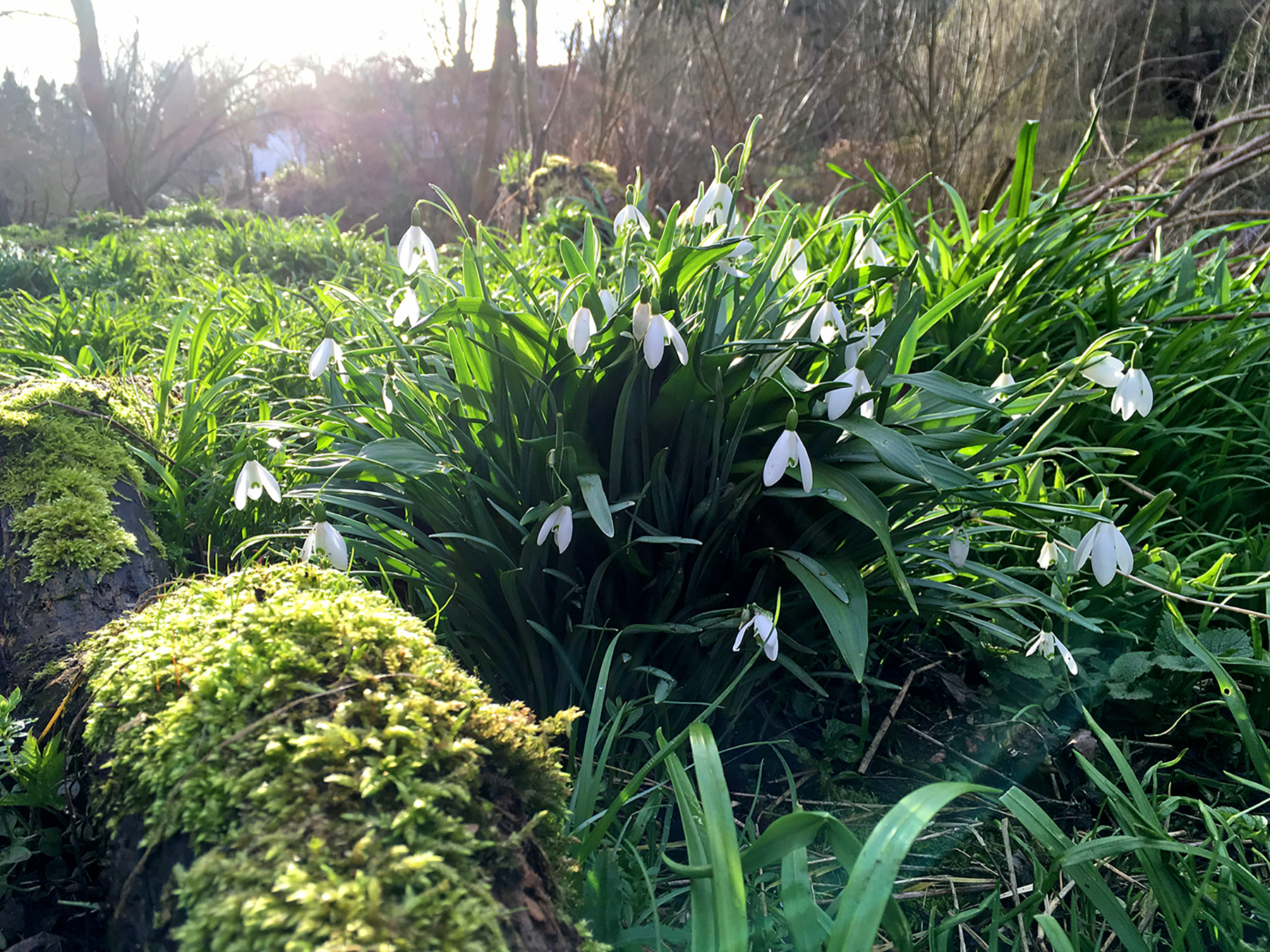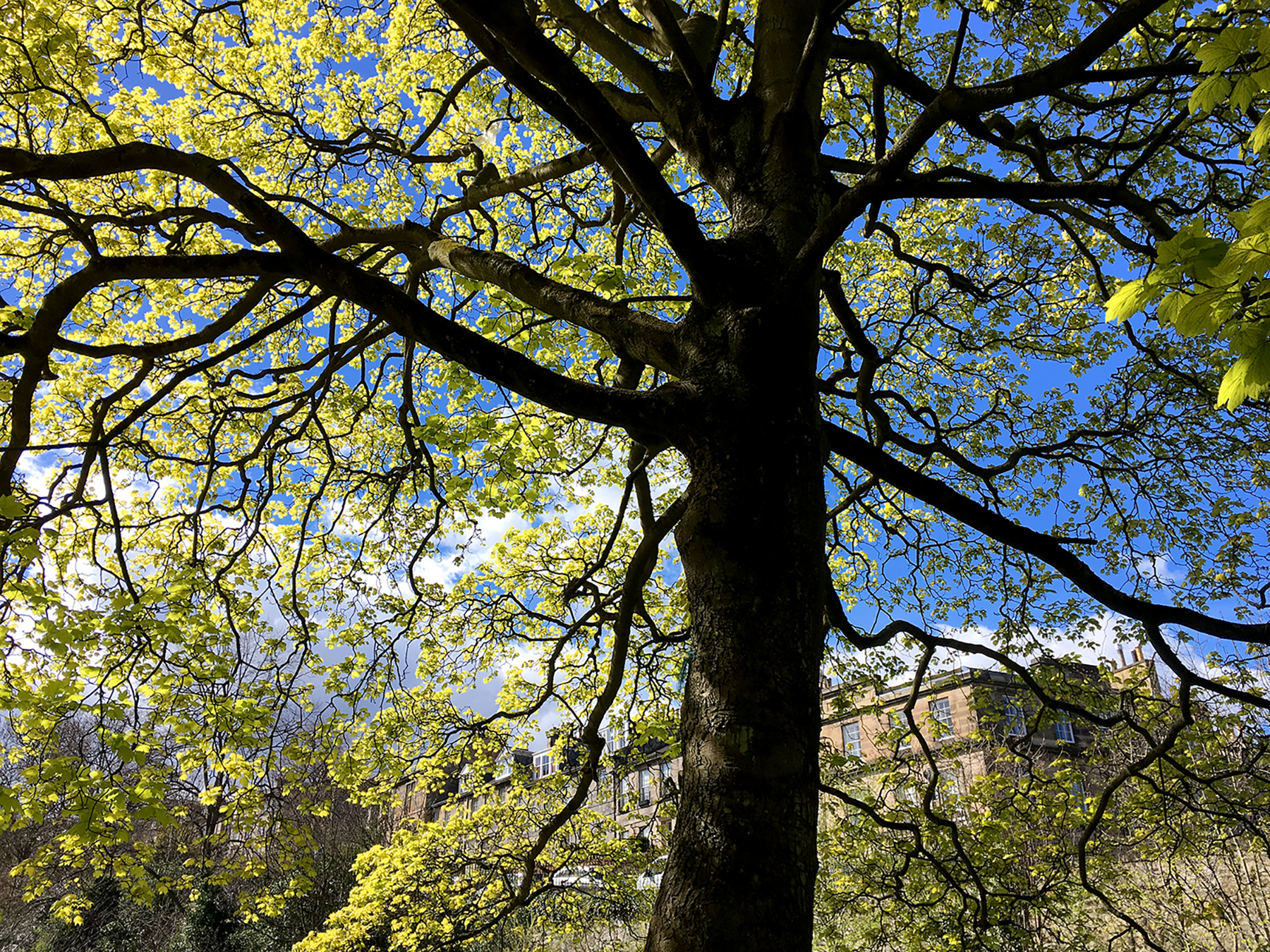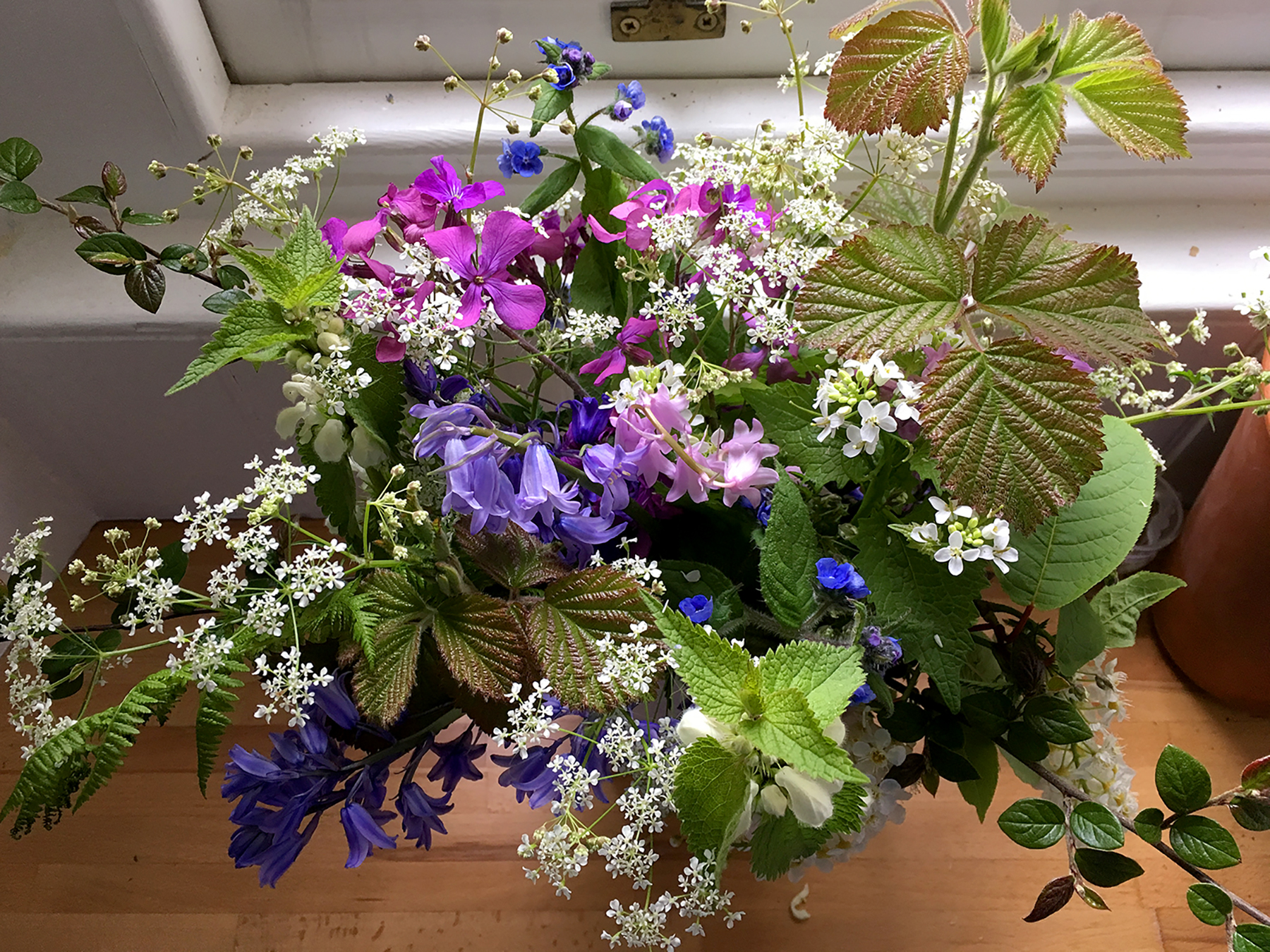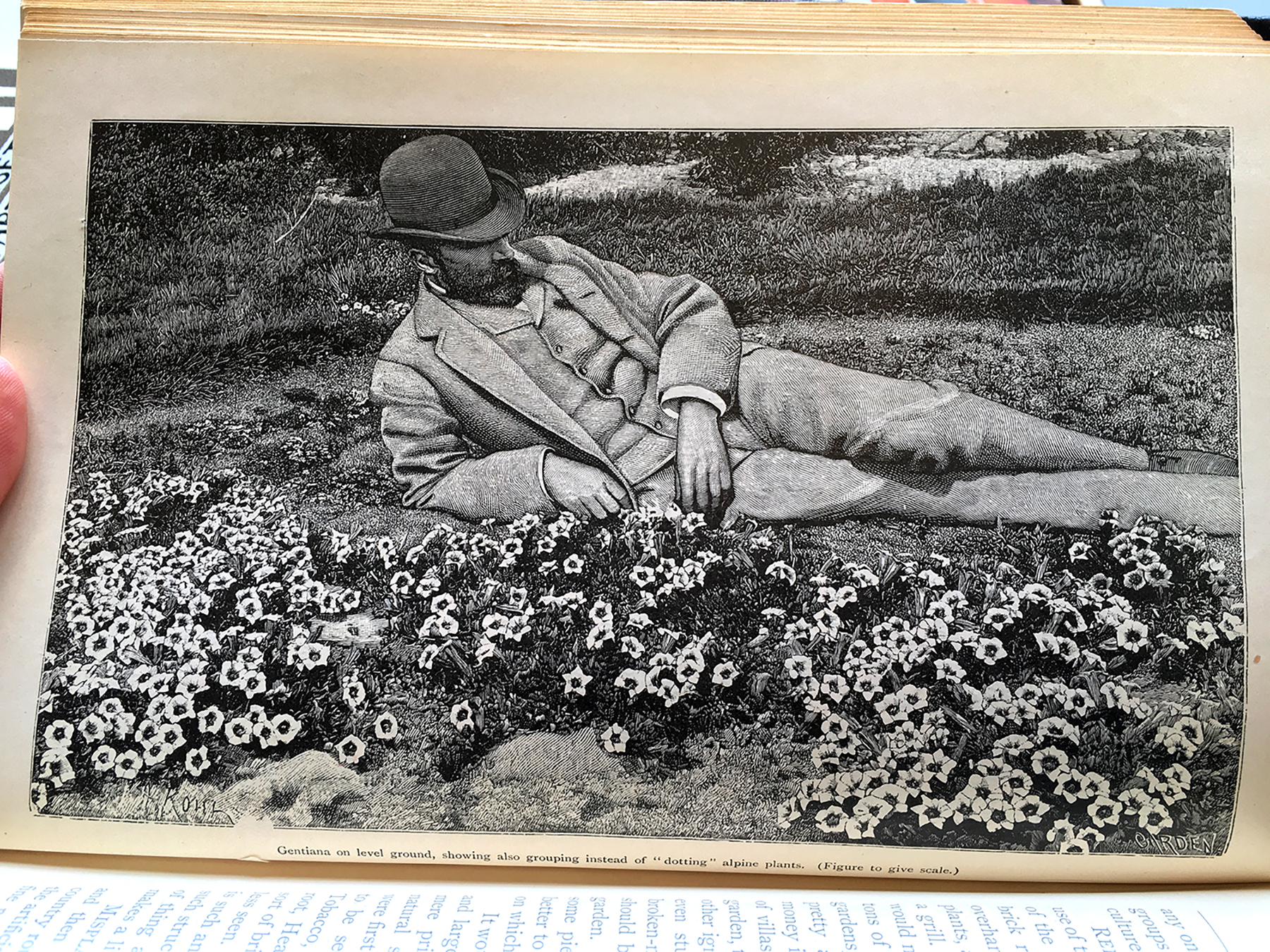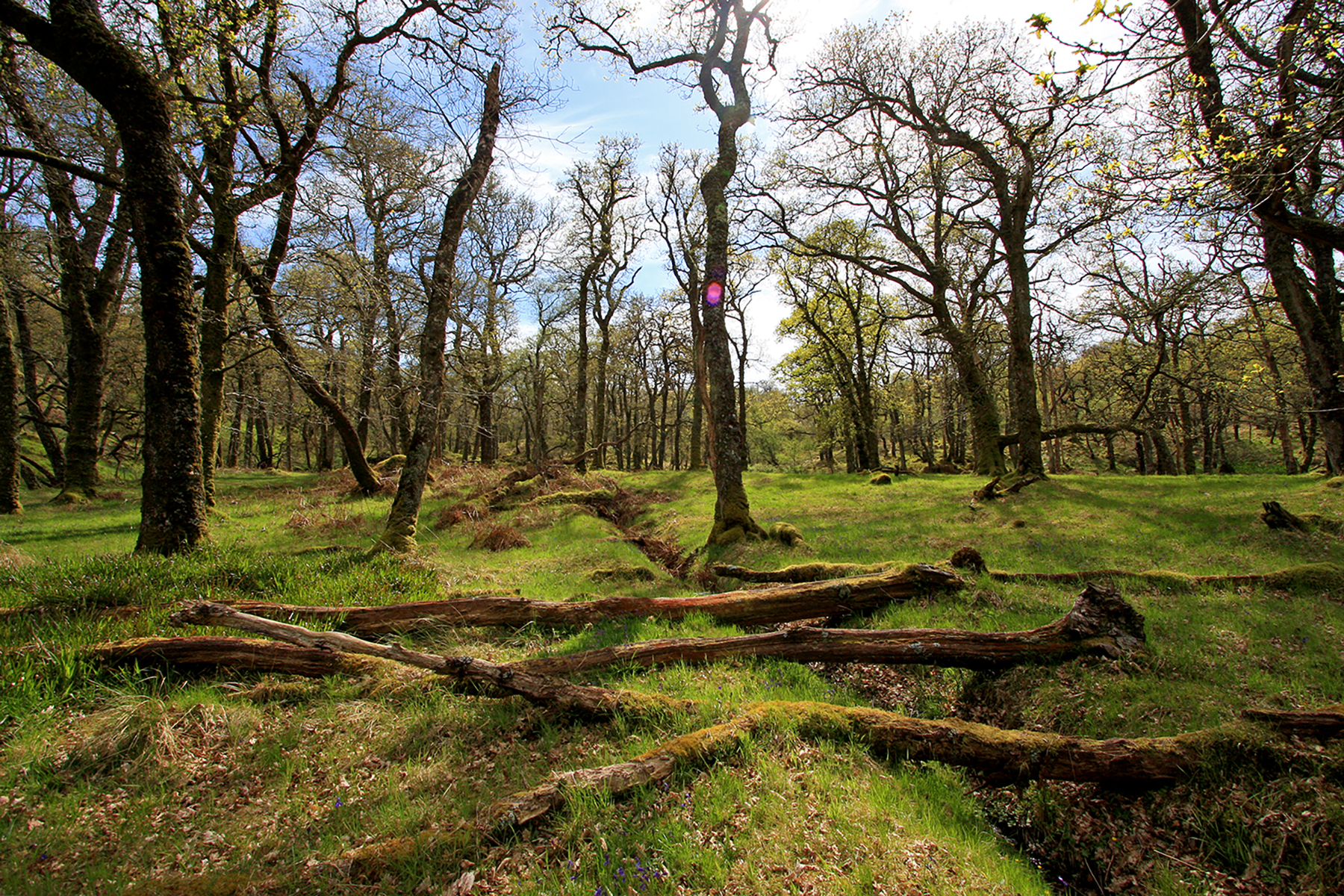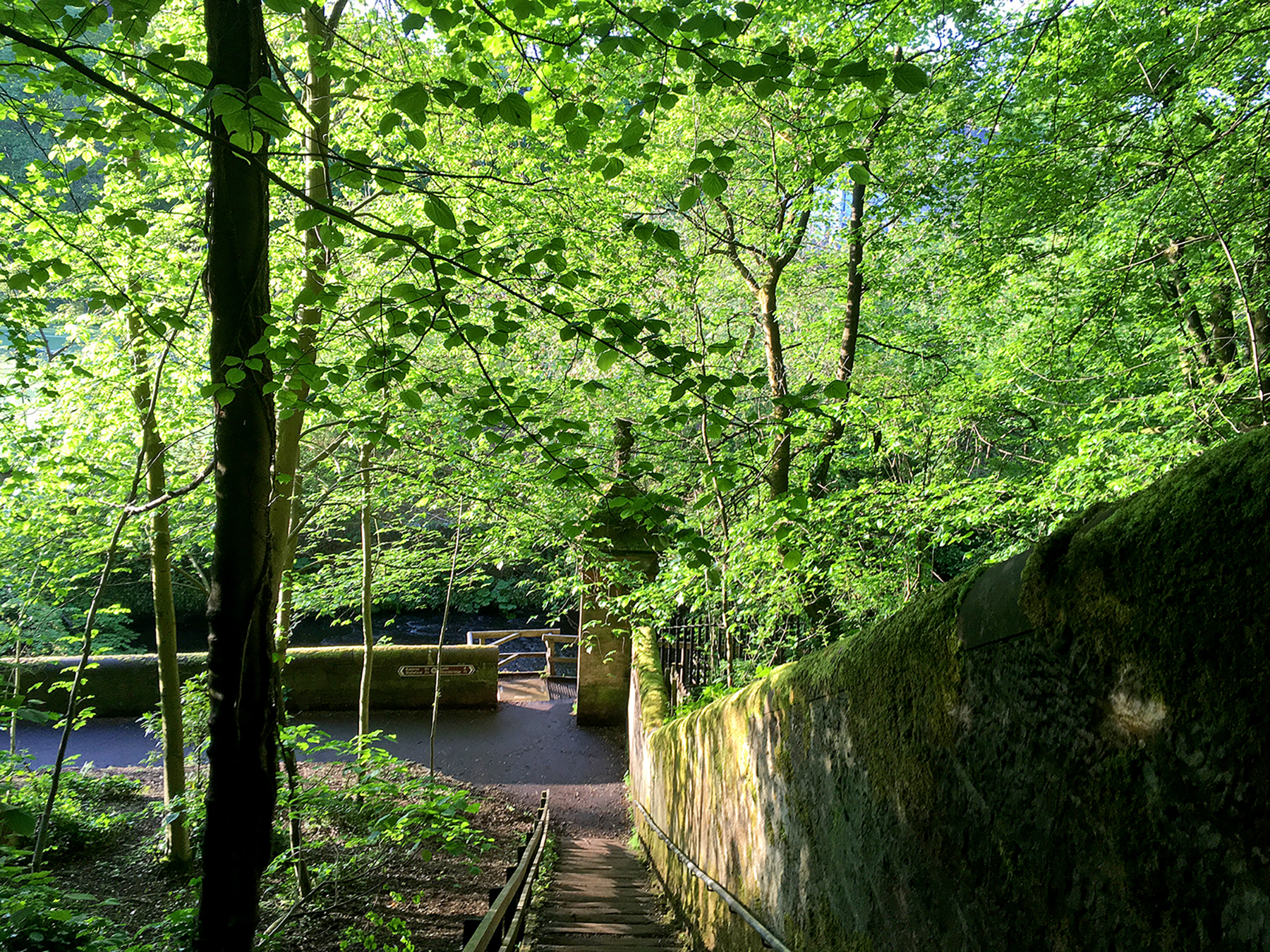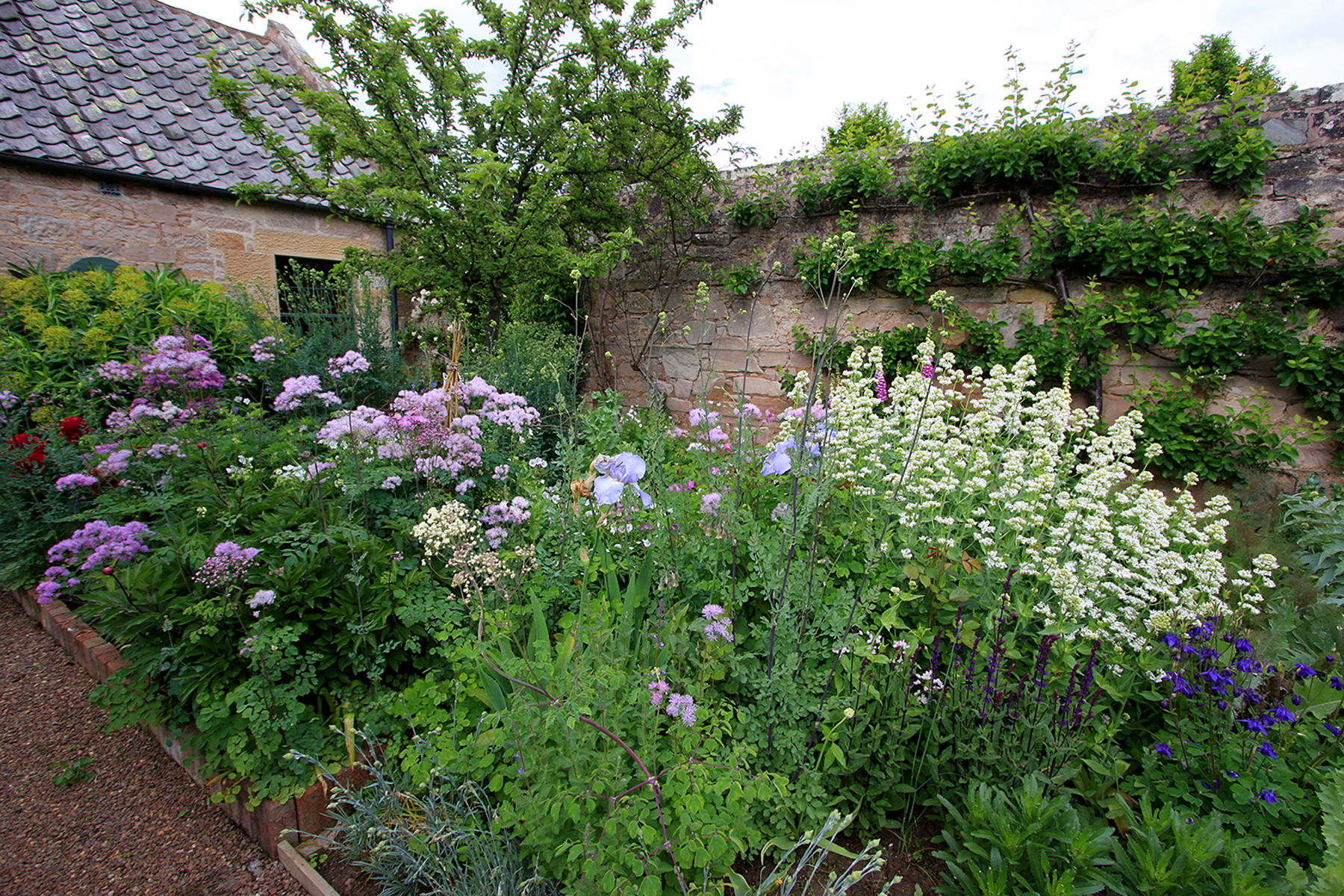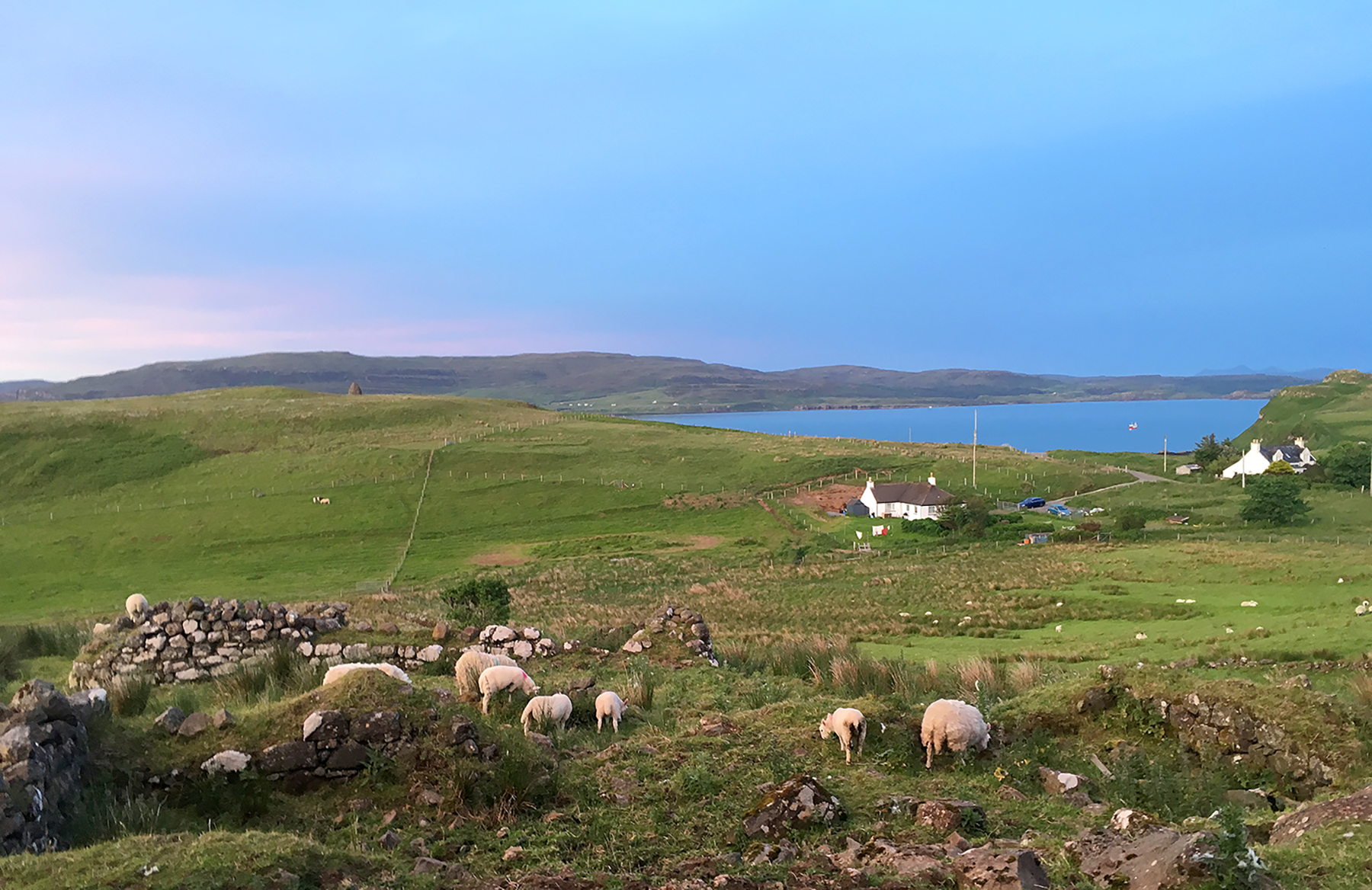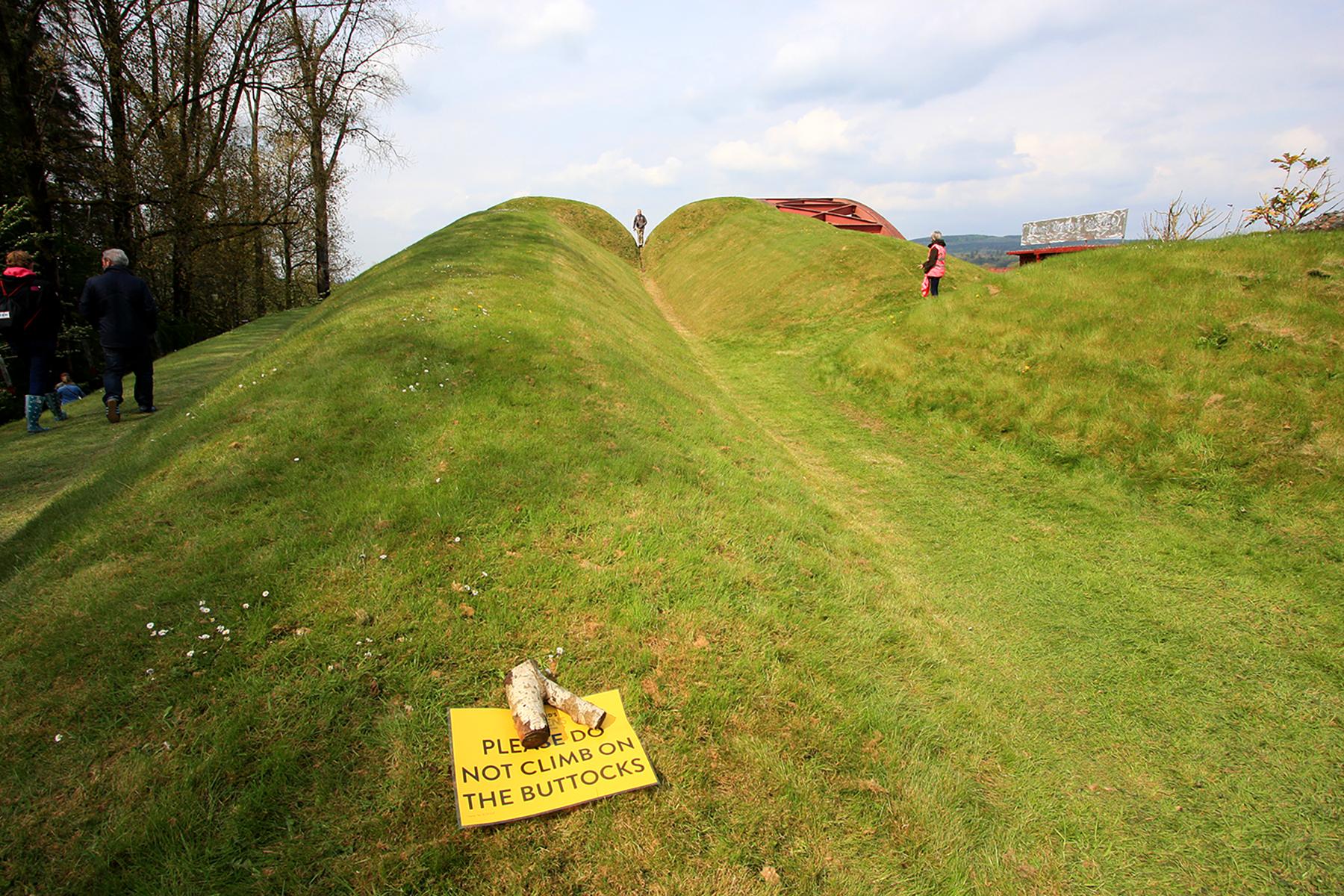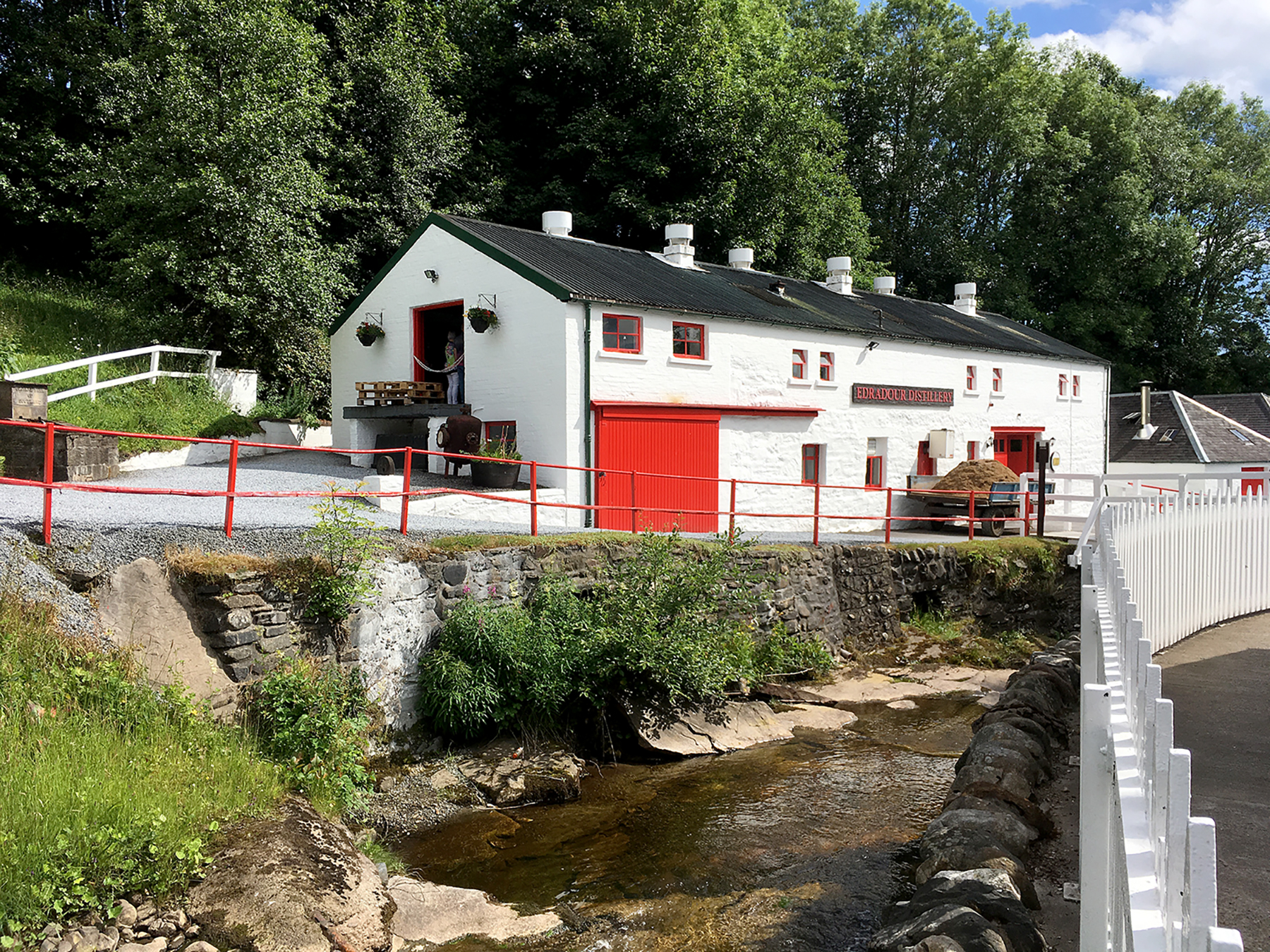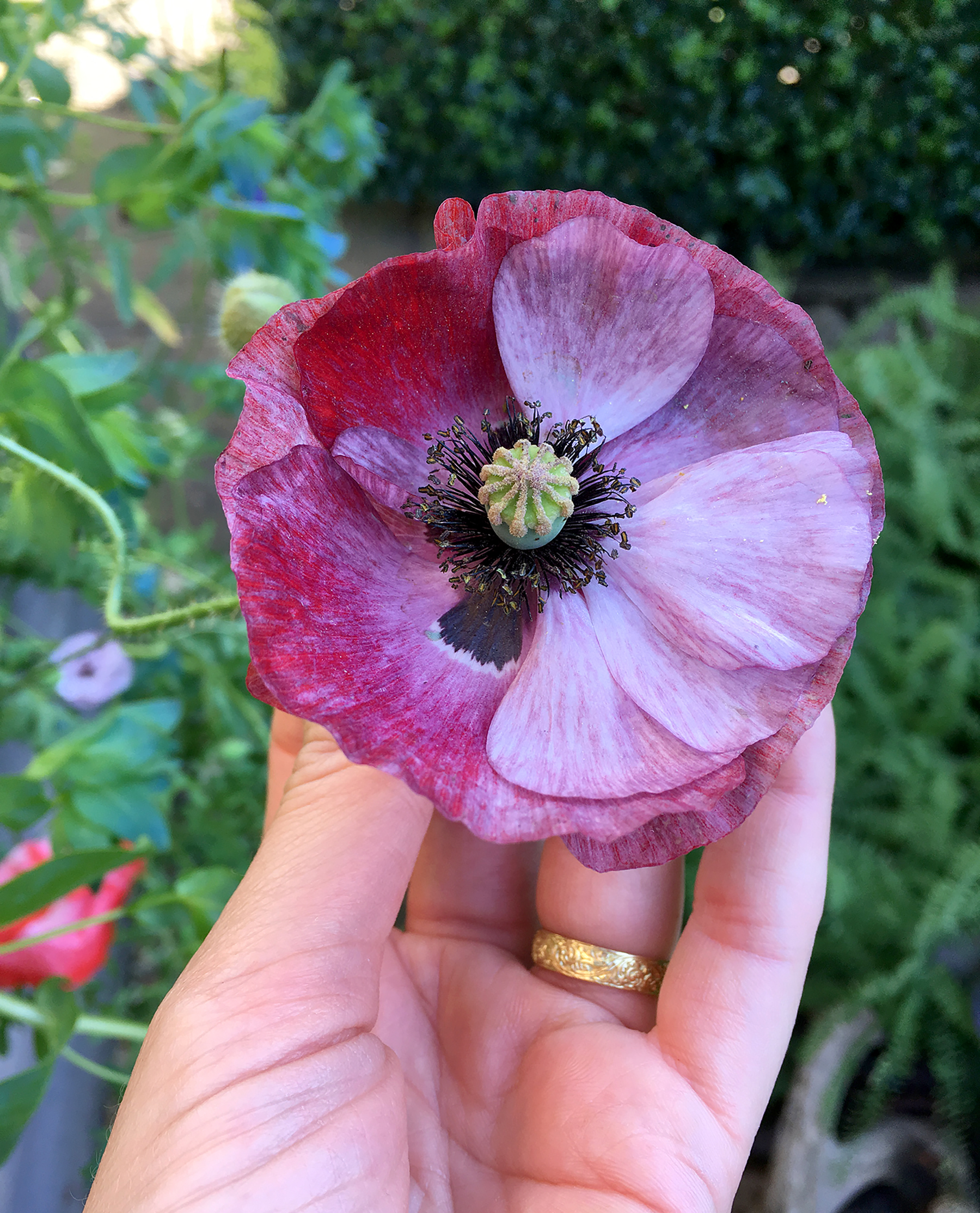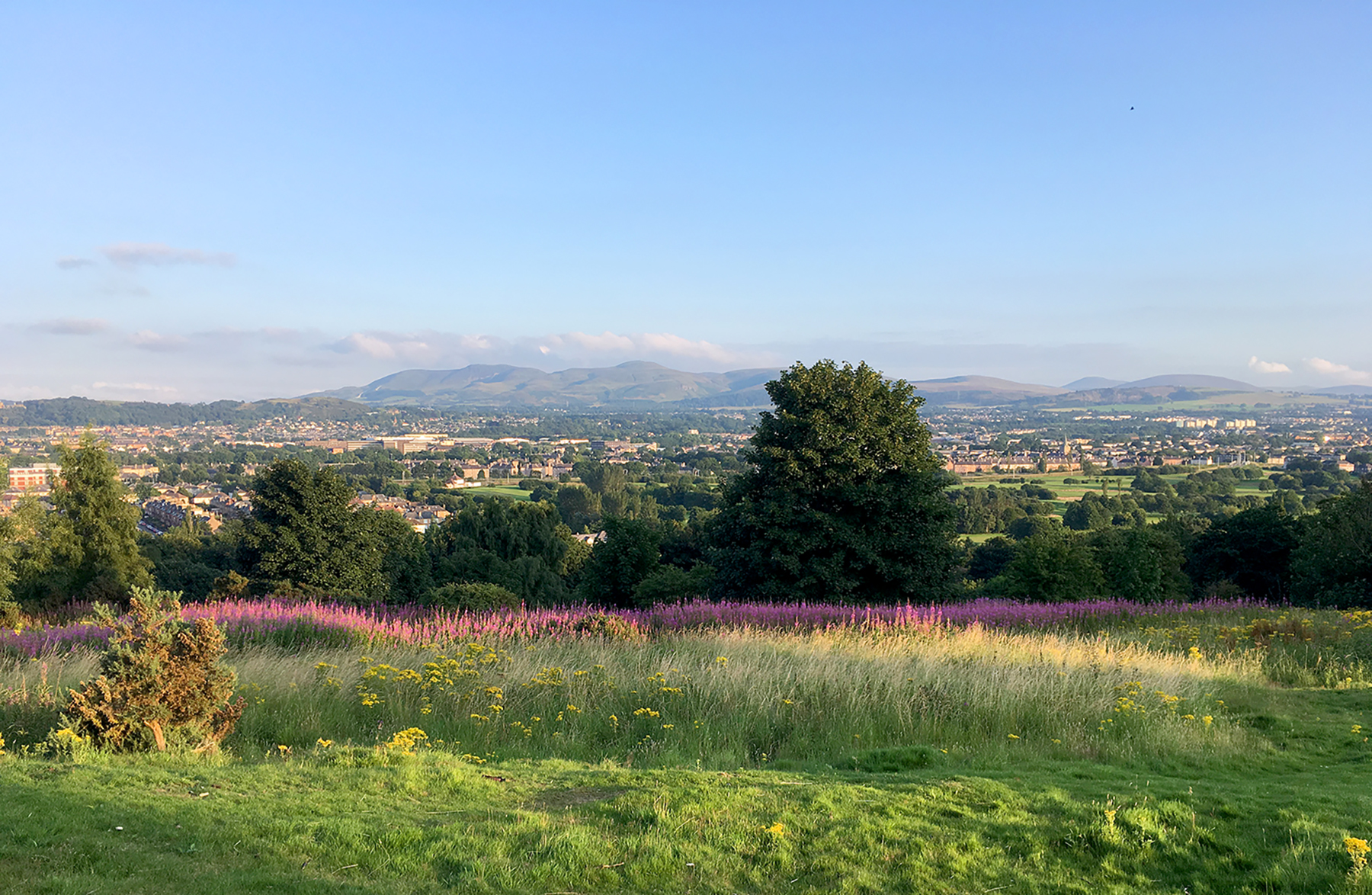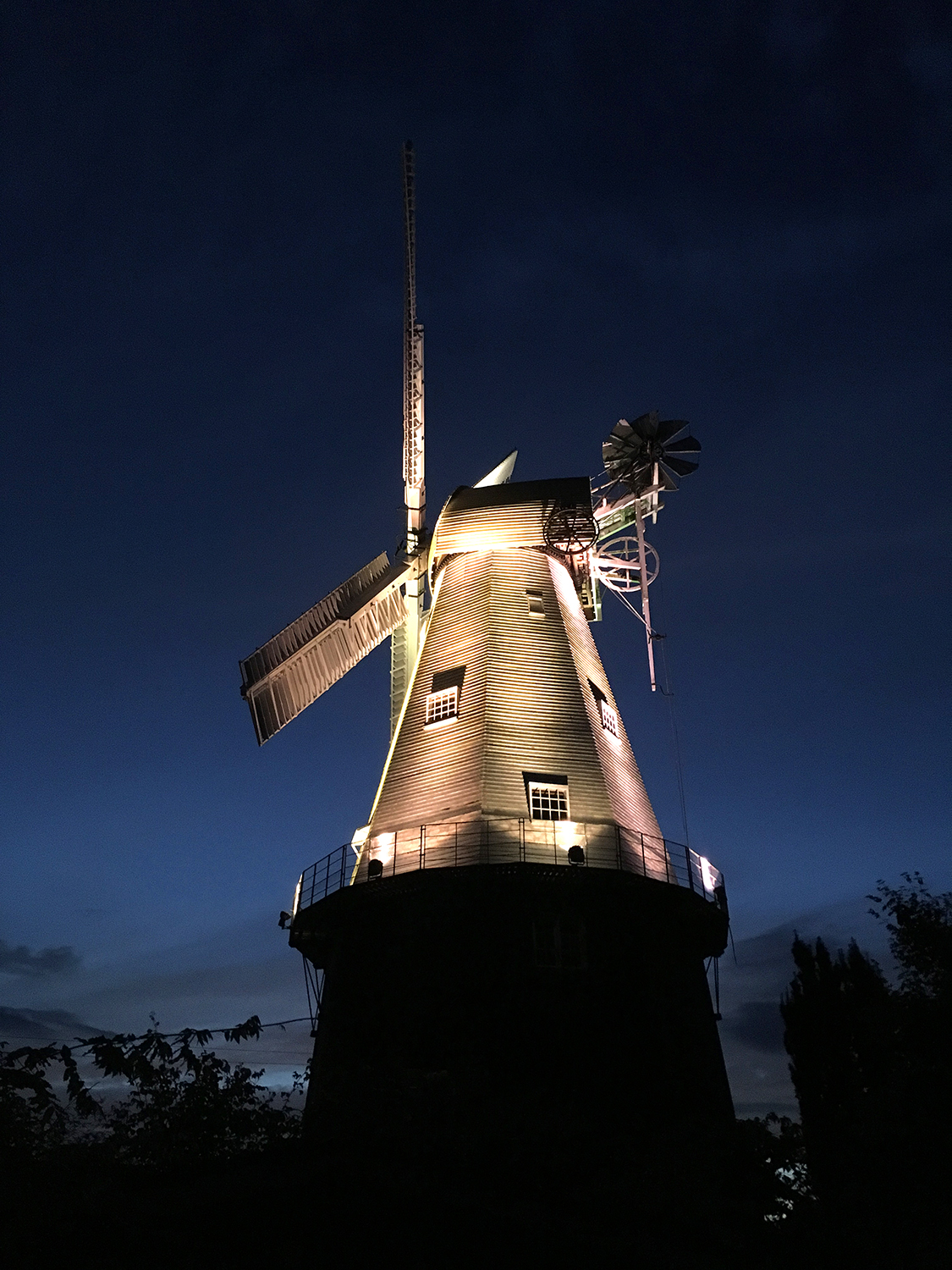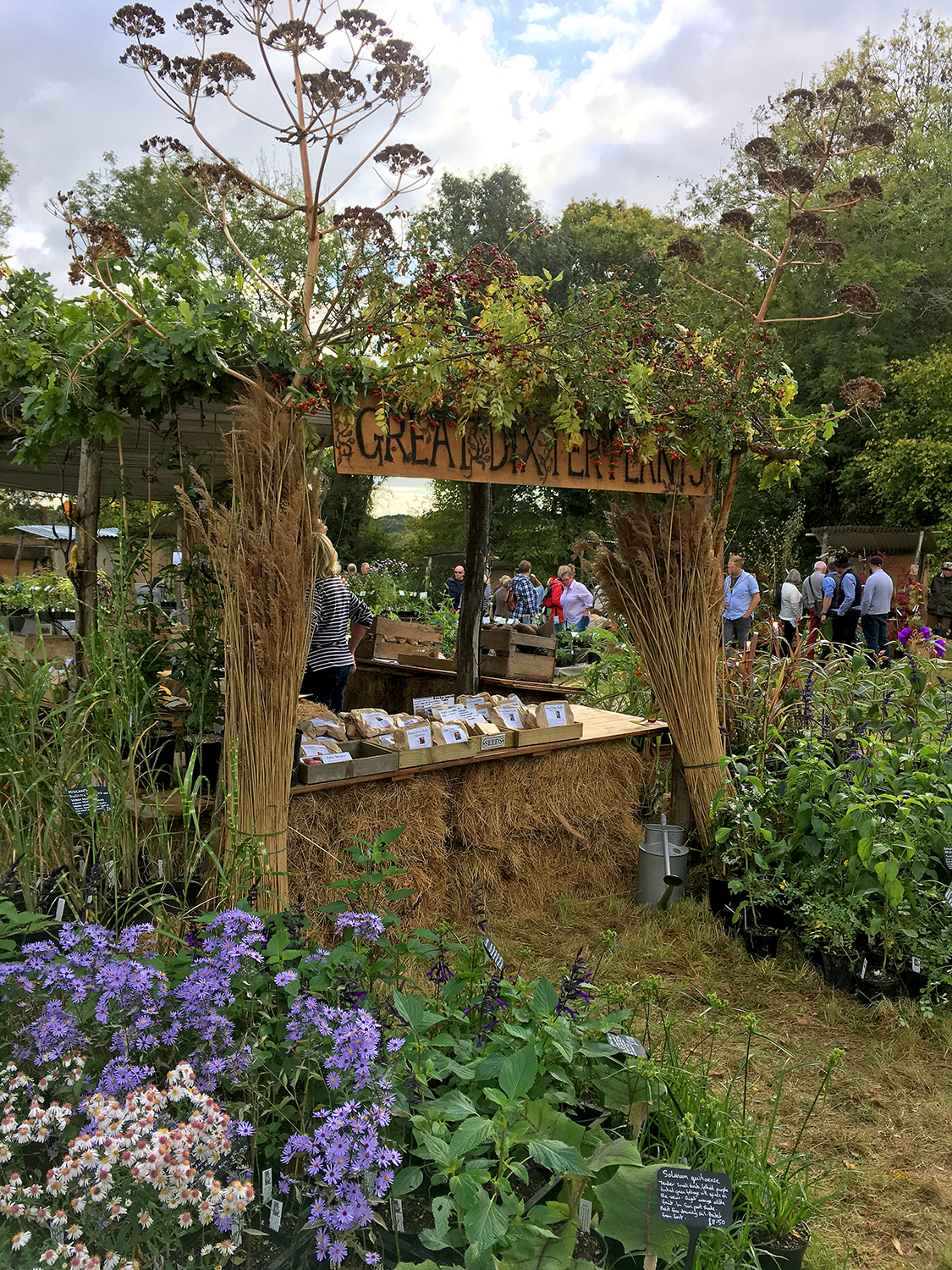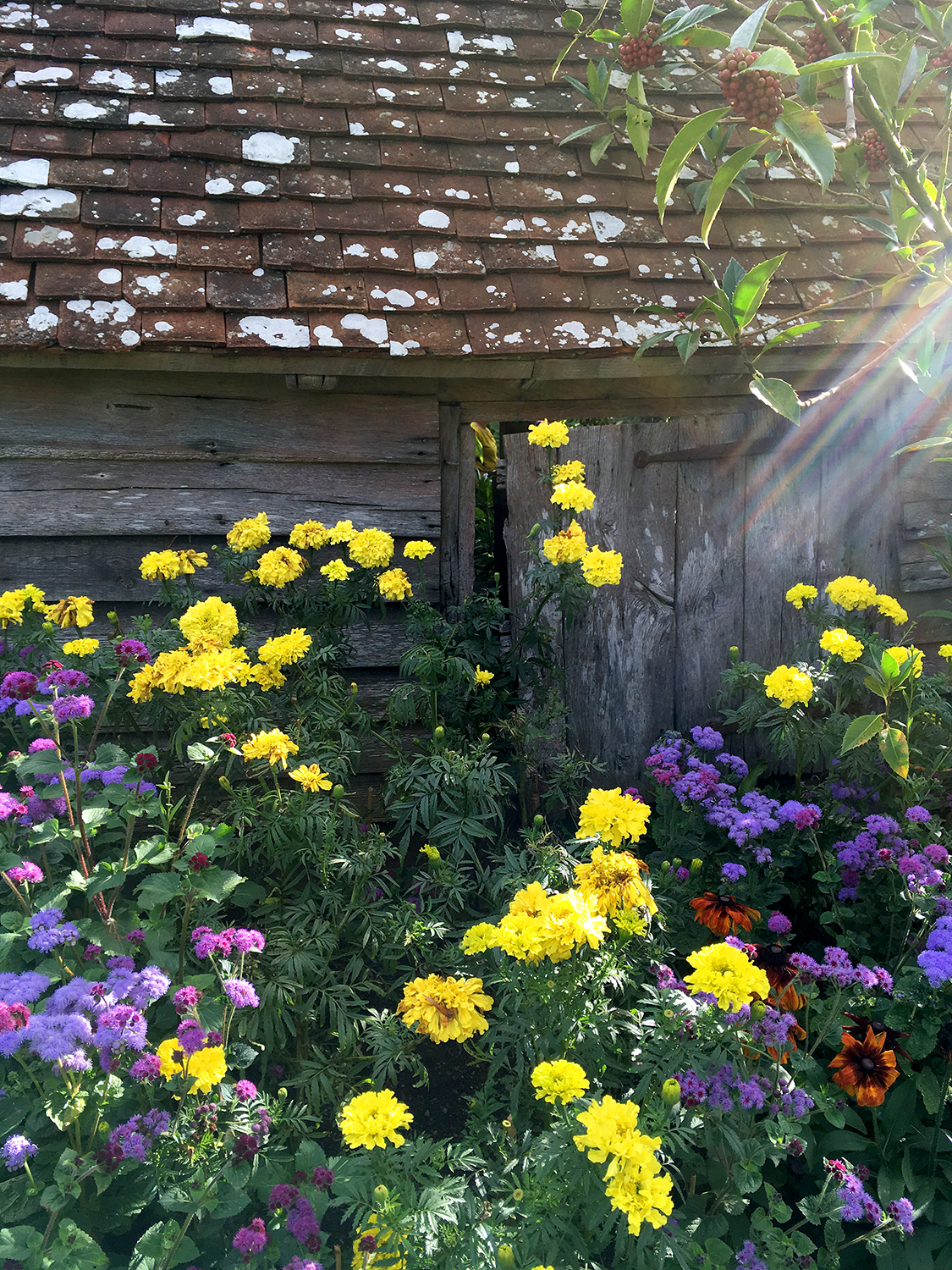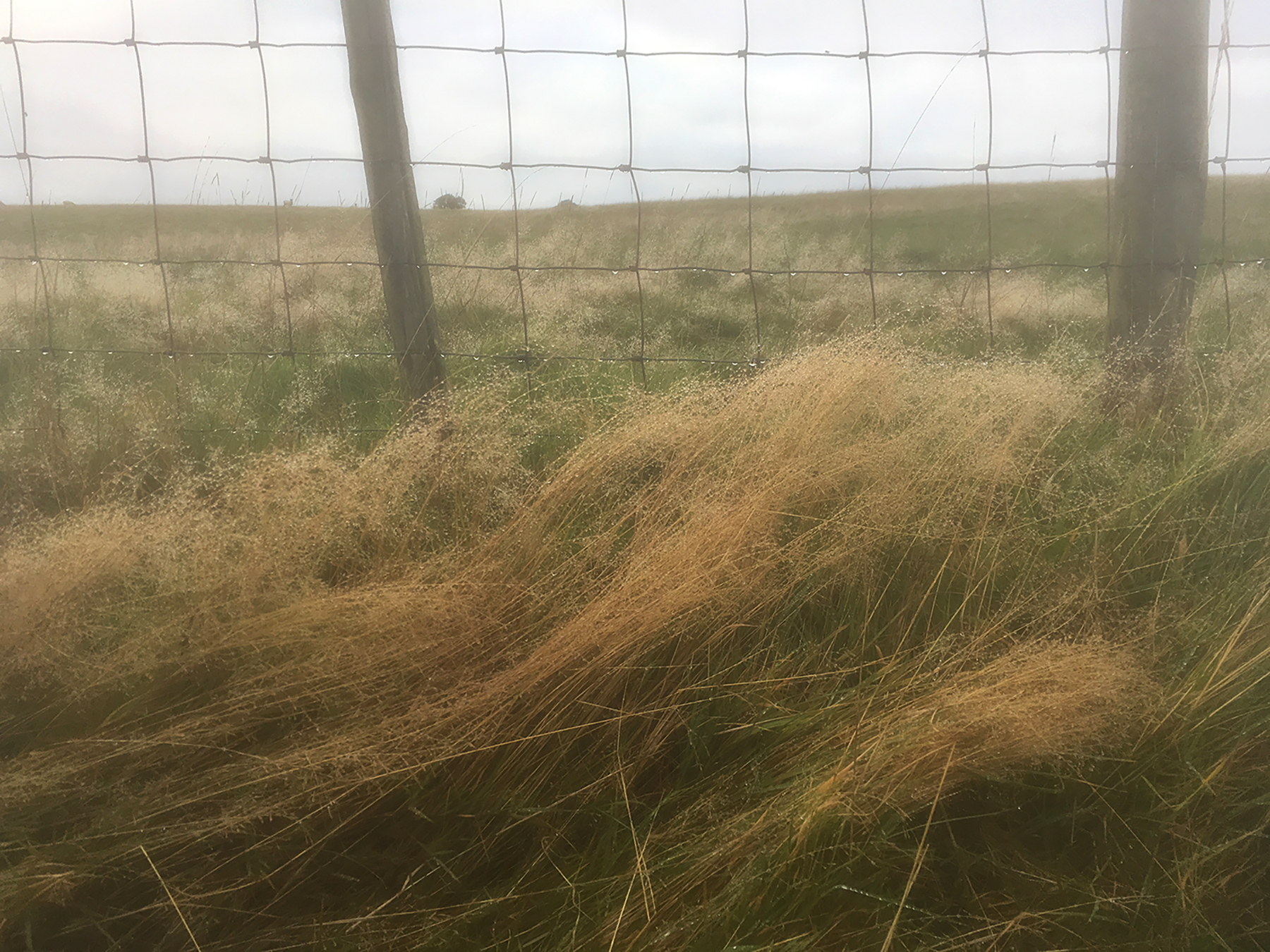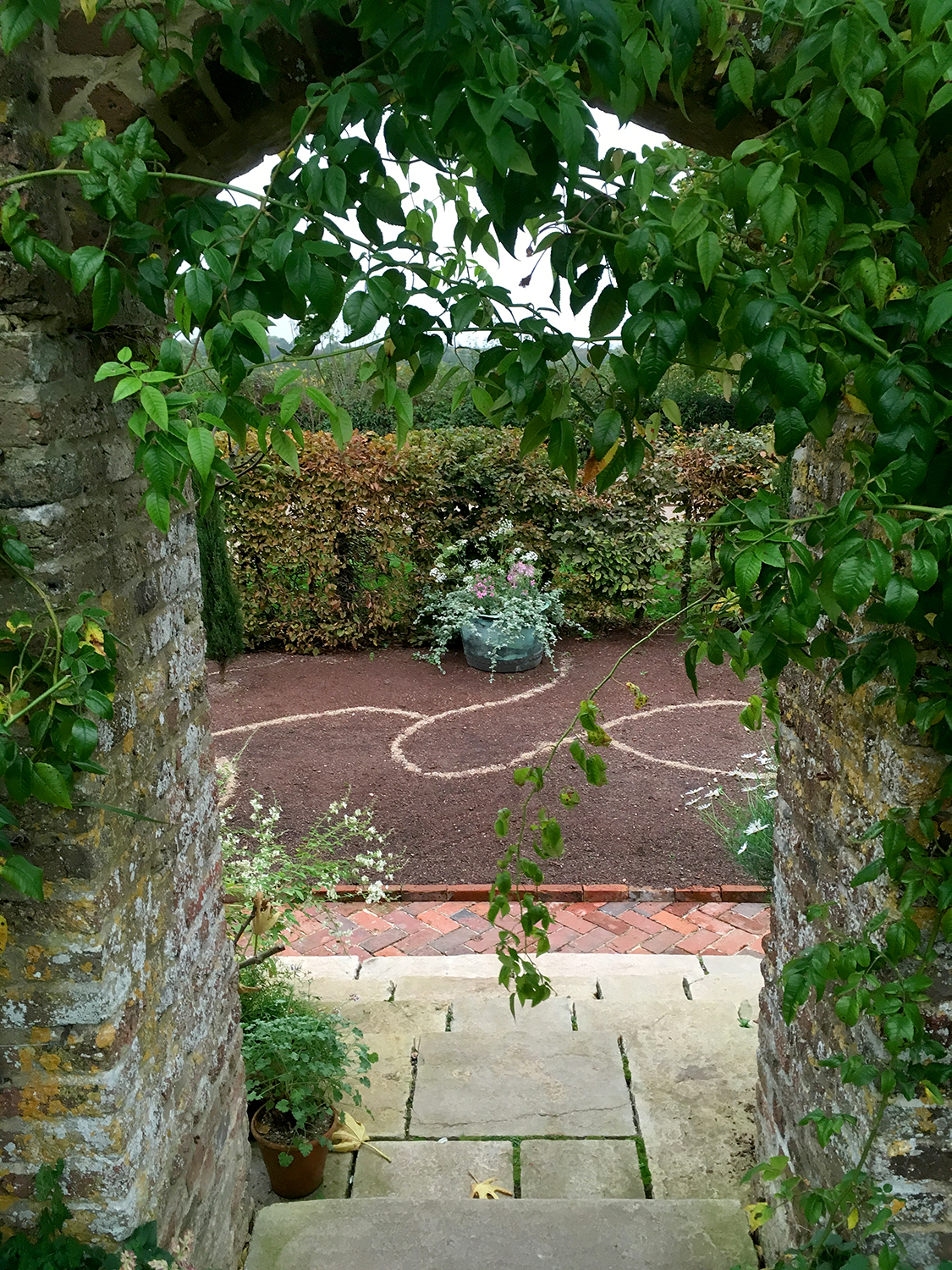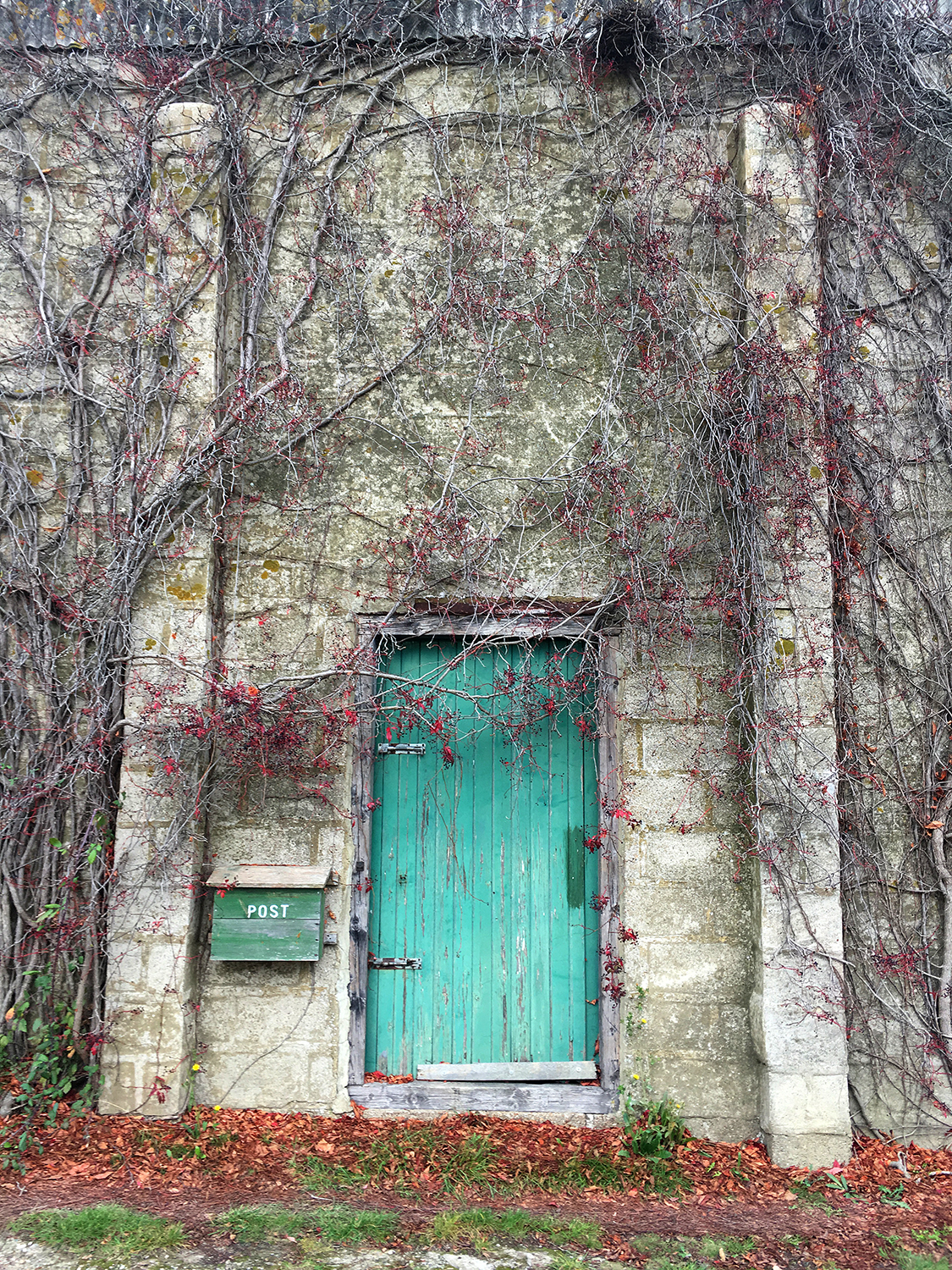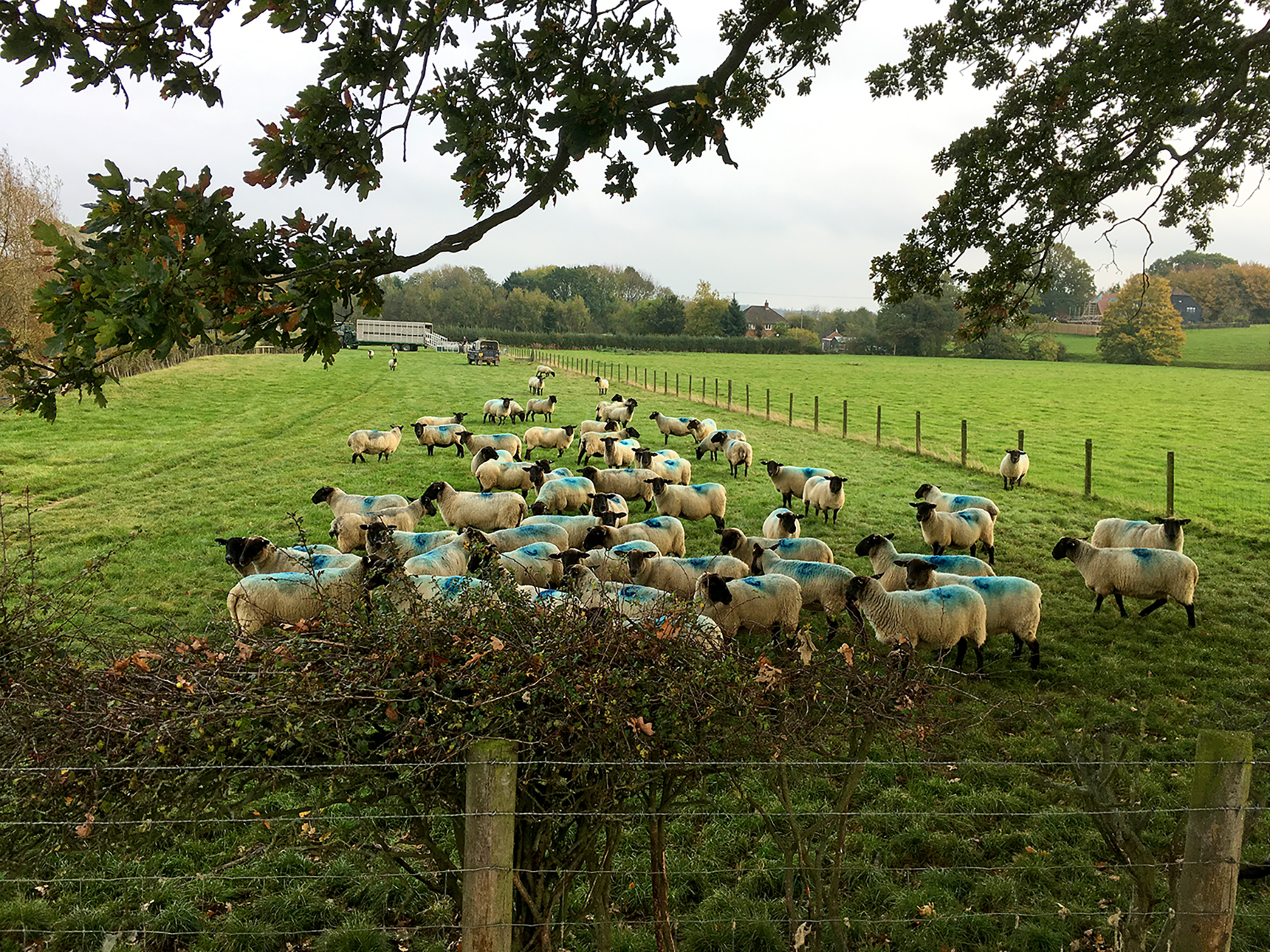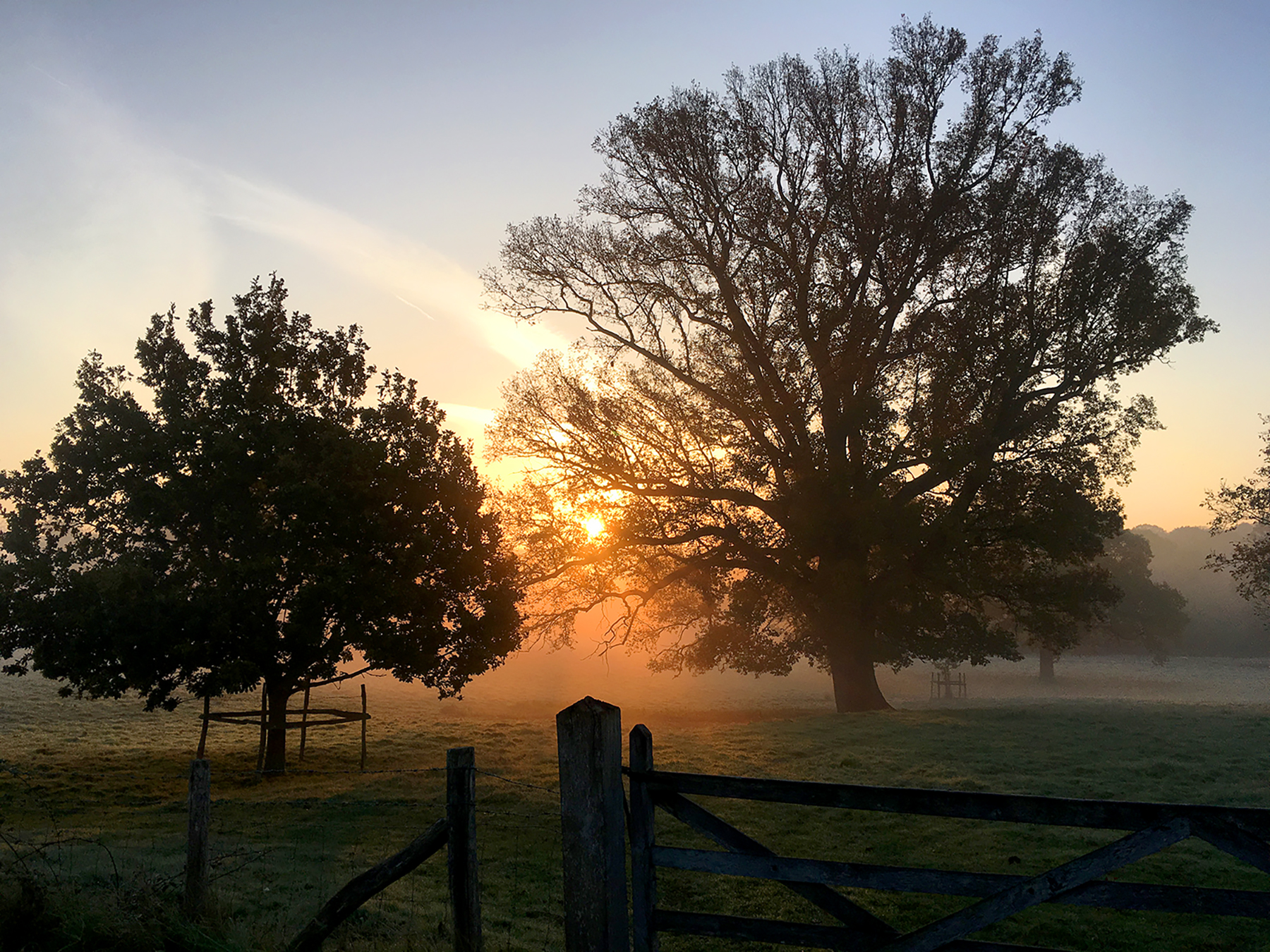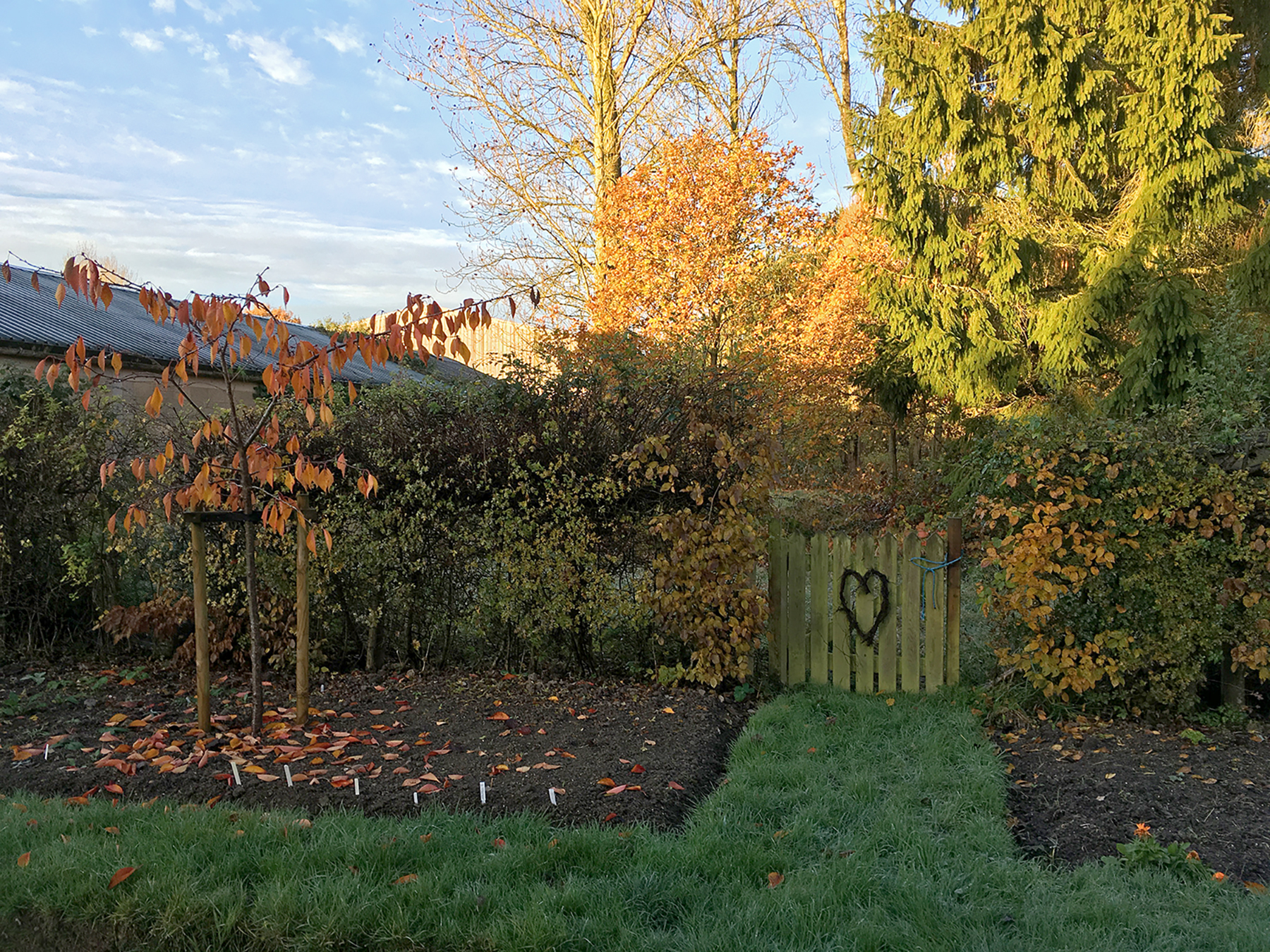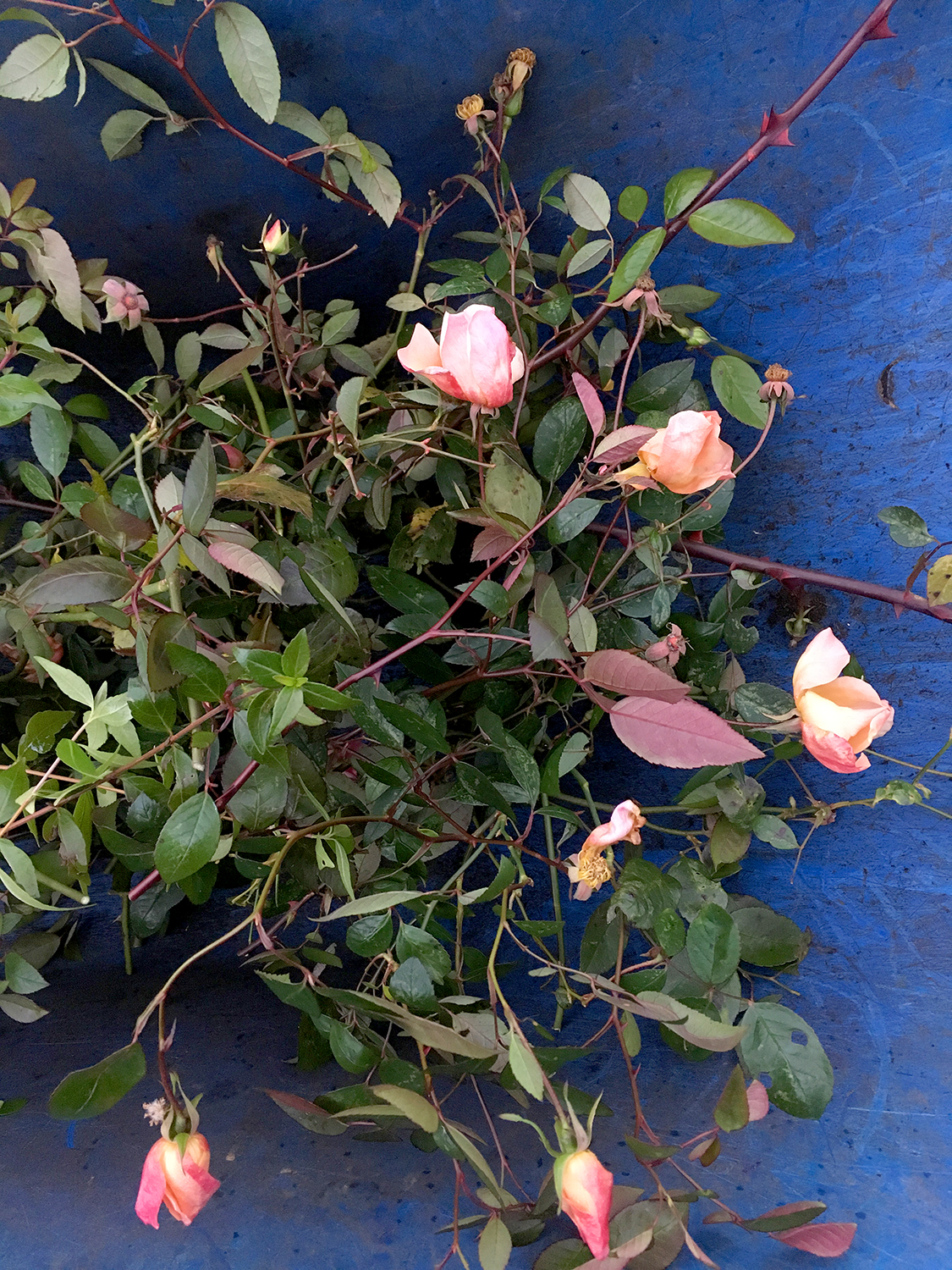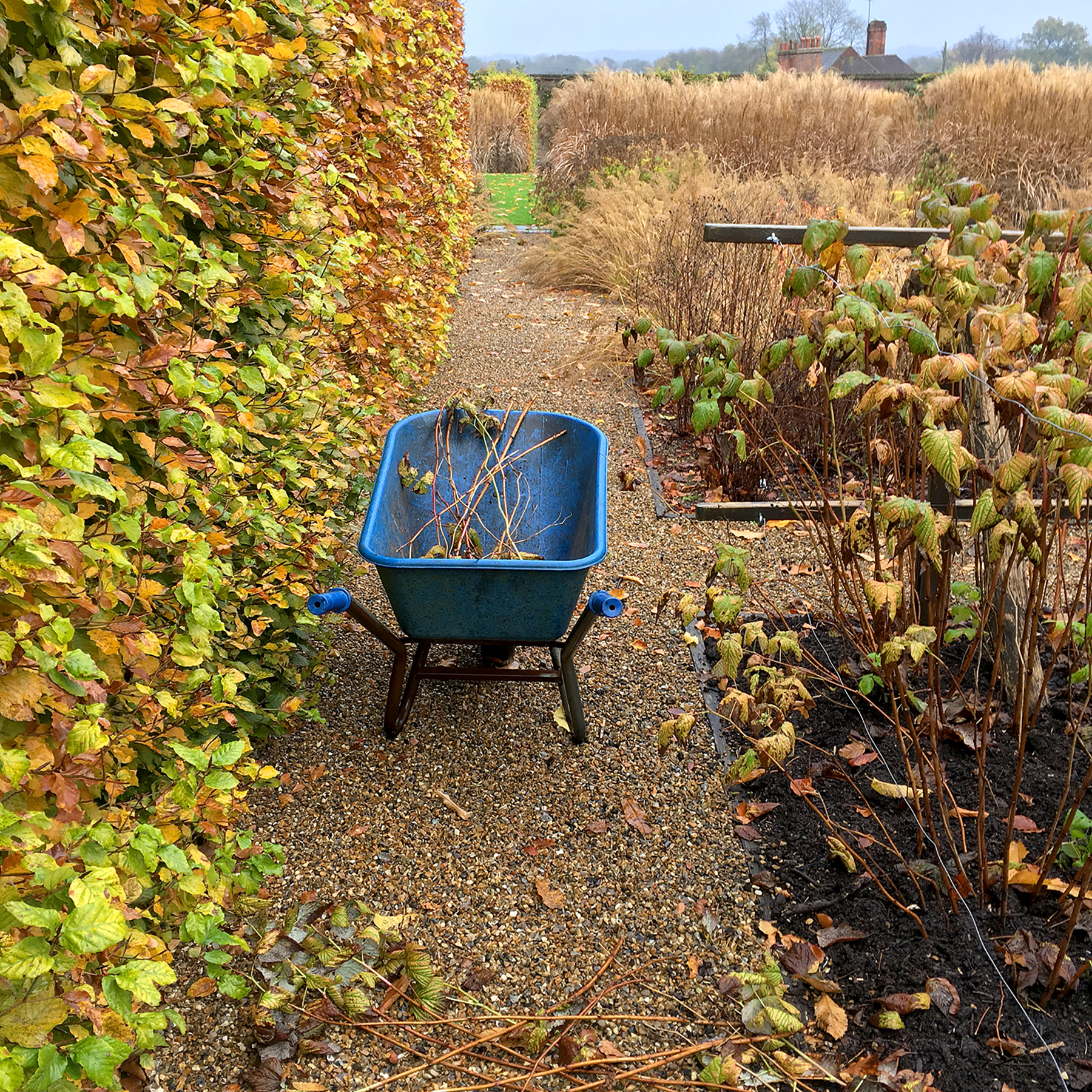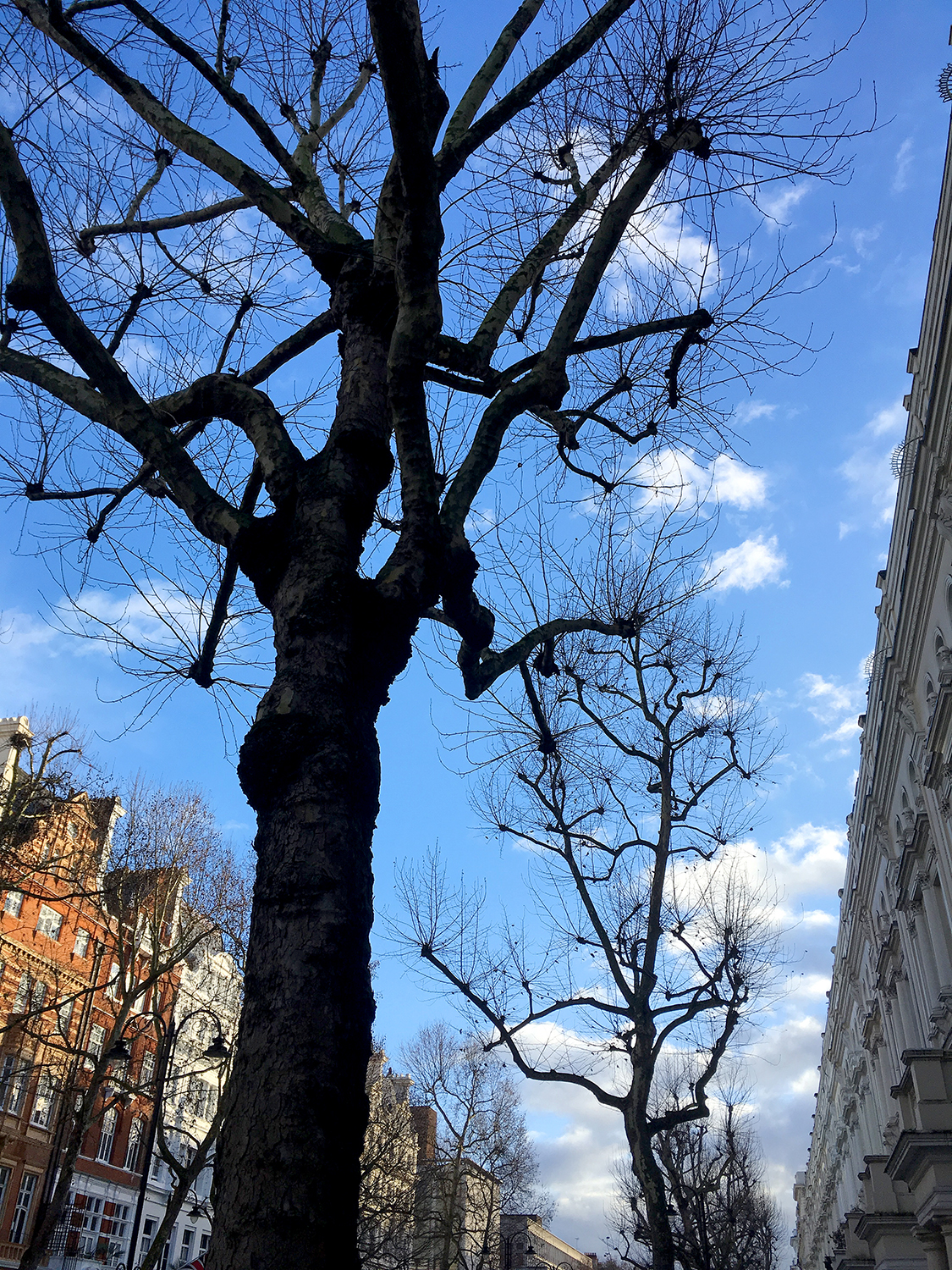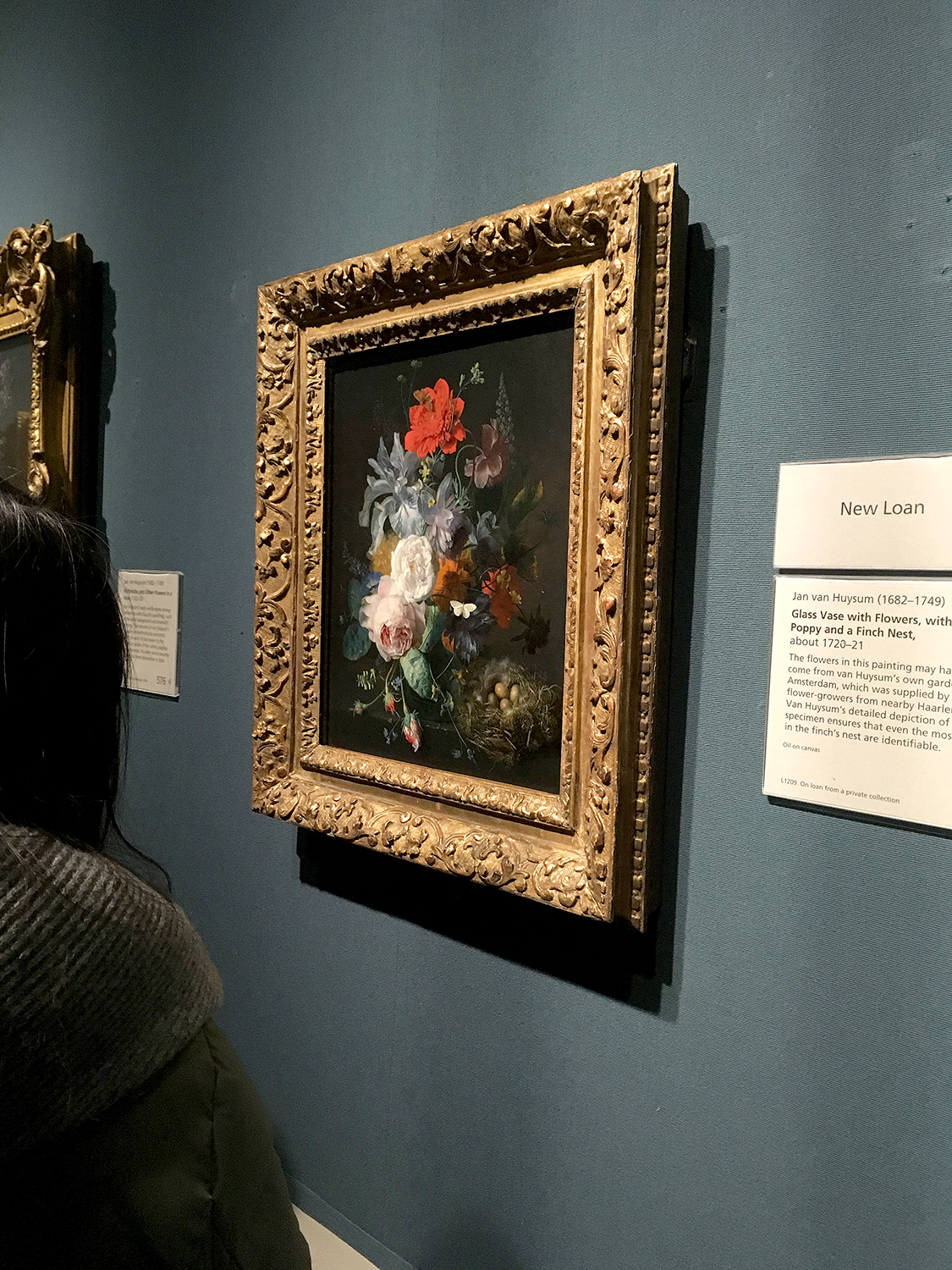It is Mother’s Day in America, and I haven’t left the estate where I live and work since mid-March. Mom, I’m sorry I didn’t want to risk coronavirus to buy an air-mail stamp for your Mother’s Day card. So instead I am giving you this blog post of something pretty.
One of the worst parts of this pandemic is that my parents, who were planning to visit us at our new home in West Sussex this spring, are obviously not traveling anywhere. And who knows when we will be able to safely fly to America when we can’t yet even walk to our local pub?
My parents visited us last spring and it was wonderful to take them to Sissinghurst, where my husband was working, and to show them other places we love like Great Dixter and Kew Gardens in London. So, Mom, because you can’t visit England this spring I will share what I would have shown you.
I’ve been sheltering in and sheltered by Parham, the garden I am now care-taking and that is taking care of my husband and me. In this anxious spring watching its beauty unfold before my eyes and under my hands while making plans for its future has been a salvation. And if it weren’t for the love and support of my Mom—and Dad too—I would never have found my way into this beautiful life. I have much for which to be grateful.
Happy Mother’s Day, Madre. Thank you for getting me here, even though it is too far from you.
